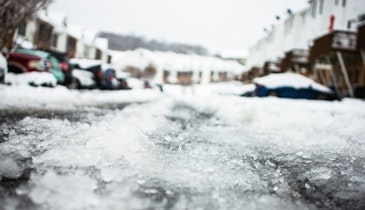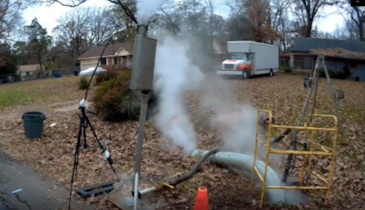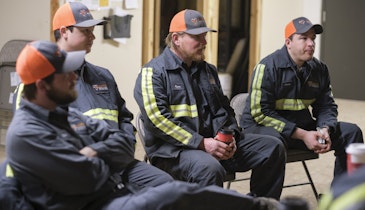Interested in Drilling?
Get Drilling articles, news and videos right in your inbox! Sign up now.
Drilling + Get AlertsIn 2017, U.S. and Canadian contractors and others on excavation job sites experienced work interruptions, struck utility lines or had a “near miss” with underground lines on a job site more than 400,000 times total. More than 316,000 of those utility strikes damaged either the utility lines themselves, excavating equipment on the job site or both.
Of the damage included in the most recent Common Ground Alliance Damage Information Reporting Tool report for 2017, 52% were the result of “insufficient excavation practices.” Almost one-fourth of all utility strikes CGA reported were the direct result of the contractor or excavator operator failing to notify the nearest one-call center that designates the location of subsurface water, gas and electric lines prior to excavating.
These utility strikes are costly — with North American costs reaching into the billions alone — but initial utility line damage is just part of the cost equation. Specialists at the University of Birmingham School of Civil Engineering in Birmingham, United Kingdom, estimate total costs — including “indirect and social costs” — to be nearly 30 times the initial direct repair and cleanup costs of a utility strike.
Make the call
Preventing utility strikes starts with a universal first step: Estimate the location of buried utilities before any excavation begins. Contact your nearest one-call system that can clearly mark the approximate location of underground water, gas, electric, sewer and other utility lines. Call811.com provides details on one-call systems throughout North America, as well as guidance for homeowners, contractors, farmers and ranchers on how to best begin the underground line location process.
While one-call systems are effective for most public utilities, there are other underground utility lines that may not be located by systems like Call811.com. Private utilities such as electric service to an outbuilding or a gas line to a swimming pool may exist. For this reason, the property owner must be consulted as well as any utility owners not listed on the one-call ticket.
Other tools, practices
When suspected but unmarked utilities need to be located, other means may need to be employed. A sewer inspection crew can locate unmarked structures like clean-outs and underground drain pipes and downspouts. Tools like ground-penetrating radar and subsurface maps can help estimate the location of underground structures not located by the one-call process. People with knowledge of and experience with the conditions in which you’ll be working make up a big part of a strategy to help minimize the chances of a utility strike.
Plan ahead
Once underground lines are estimated and marked, the next step is to carefully organize the job site to minimize the chances of a utility strike. Prior to digging on the job site, inspect the surroundings for any visual clues that may indicate a buried utility line that has not been located. Review the one-call ticket to determine if all affected utility owners have marked their utilities. The exact location of utilities must be determined when the excavation is near the estimated location. Always use soft excavation tools such as hand tools or a vacuum excavator until the exact location of the utility is known.
Stay alert
Even though utility lines have been marked, it’s important to stay watchful on the job site once excavation begins. Sometimes, lines are not marked accurately, or unexpected additional lines are discovered. If you encounter additional lines, stop working and determine whether it’s necessary to contact your nearest one-call system.
Leverage experience
Finally, take steps to help prevent a utility strike on your next job site by carefully auditing both your workforce and equipment to make sure you’re equipped to minimize the chances of a utility strike on the next job. That includes follow-up education after you’ve experienced a “near-miss” on a past job: What equipment and personnel were deployed when it happened and how did you prevent a strike? Employing strategies based on that kind of experience can go a long way to preventing costly and potentially dangerous utility strikes in the future.






